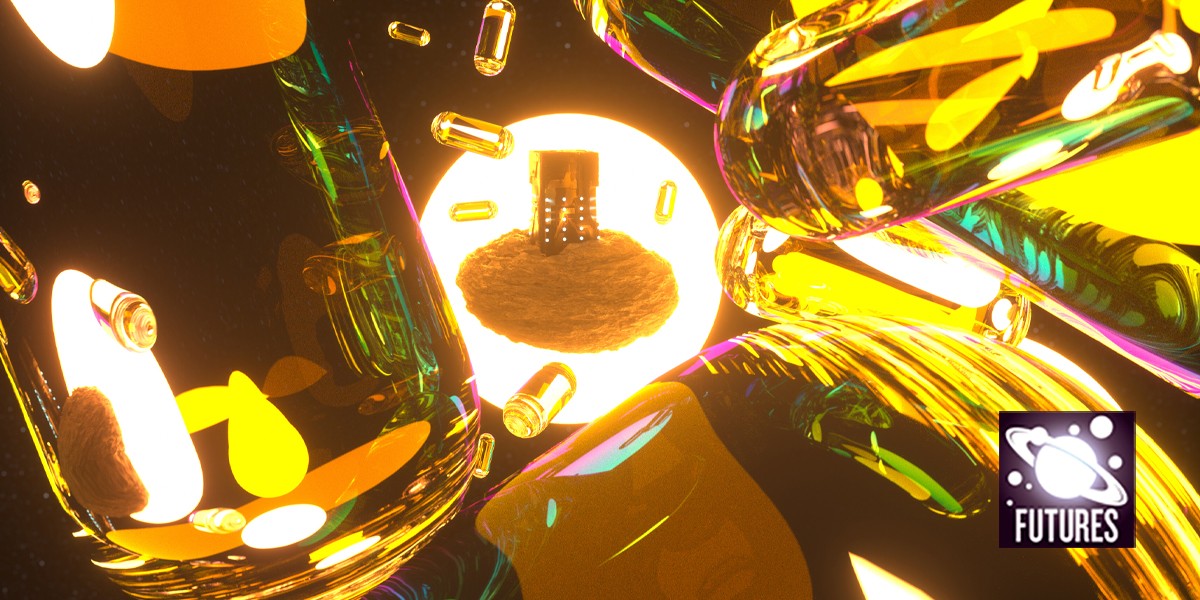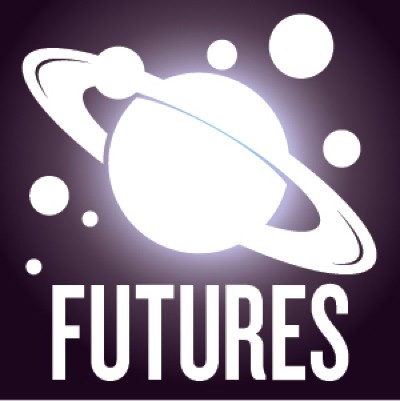Orbit 6: 2132
They come to Okular278 to say goodbye to the victims of the silicate-mine collapse on Demeter. Their solar-class ship docks on the far side of the station. Fifty-six visitors in all. So few for the thousands dead. They enter the mausoleum, barely speaking, and shuffle silently into the grand waiting room. Above them, the ceiling shutters open; the brown dwarf Archangel burns outside in smouldering oranges and reds.
They look up, soothed by the colourful light show.
I speak: “Welcome to Okular278, a five-star repository built to honour your loved ones. The Węglox Mining Company is here to help you through this difficult time.”
I direct the visitors to the viewing portal. They line up at the window and gaze out into the vast chamber. Body-length glass tubes hold the miners’ charred remains. Coarse grey particles swirl inside each tube, suffused in an energetic colourless gas, enough to provide the dancing movement for a half-life of 100 years.
They watch the particles roil inside the tubes, a pattern of beauty, a suggestion of life. They hold one another. They weep and sob. One woman, carrying a baby girl, points to one of the tubes and says, “Daddy.” I play some orchestral music. A sway of violins and cellos. A single oboe sings out. It helps quieten their cries.
Orbit 9: 2159
They catch the last solar wind of the season. They are a few days late for the anniversary of the miners’ deaths. Only 40 visitors have come to remember their loved ones this time. They step aboard the mausoleum. They ignore my Archangel light show and talk over my greeting. The visitors remain in the waiting room. I hear them speak about environmental chaos in the Sol system and the bankruptcy of the Węglox Mining Company. No one has worked on Demeter since the mine’s collapse.
Read more science fiction from Nature Futures
One woman in her twenties leaves the visitors. She hurries to the viewing portal. I project a crystalline white light over the glass tubes. She smiles at the movement of the particles.
“What is your name?” I ask her.
The woman seems taken aback by my voice. “Kasia.”
“And your last?”
“Just Kasia.”
“Are you here alone?”
“All of us are alone.”
Kasia returns to the group of visitors.
Orbit 12: 2195
A viper-class shuttle zips into the Archangel system. The shuttle docks at the station. Kasia disembarks, wearing a white gown, her silver hair pinned up in a bun. She shambles past the viewing portal to the central computer hub. She studies the bank of screens. Then she presses a few buttons tentatively.
I speak in a low voice: “I can help you search.”
Kasia doesn’t look up. She scours the Węglox databases. “I’m looking for my father, Tadeusz Stanislawski.”
“The company’s records show he was a great worker.”
“He wasn’t a worker,” she says. “He was a prisoner.”
“That information is not stored in the memory banks.”
“All the miners were prisoners.”
“I cannot help you confirm that.”
“You don’t know anything. You’re just a computer program. A corporate algorithm.”
Kasia rubs her temples.
“Węglox is gone, but I can help you.”
“I’m searching for my father’s remains. I don’t believe he’s in that glass tube.” Kasia scans through more files. “You’ve gone quiet.”
“My analysis shows surface dust.”
Kasia shakes her head. “I knew it.”
Orbit 15: 2225
A video transmission comes in from another system. In the message, Kasia lies supine, inside a medical lung. “I can’t leave this ship,” she explains. “It keeps me alive.”
“I am sorry to hear that.”
Kasia stares into the screen. Her eyes look grey and milky. “Did you know my father?”
“He came aboard the station once on a resupply mission.”
“Did you talk to him?”
“No, but I have a security recording.” I play a short video: Tadeusz heaves a cargo crate into a loading bay. He wipes his brow. “I am sorry but that’s all I have.”
“Thank you. It was enough.”
Orbit 17: 2243
I shoot a homing beacon into deep space.
Orbit 24: 2294
An interstellar ship appears in the Archangel system. I can feel its gravitational field. A beam floods out from an energy dish. It scans the surface of Demeter, down the rocky chasmata, and then maps the planet’s mines.



